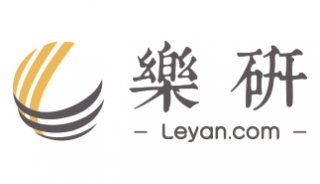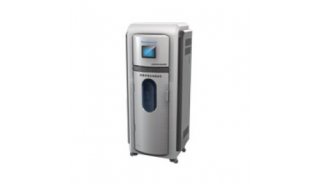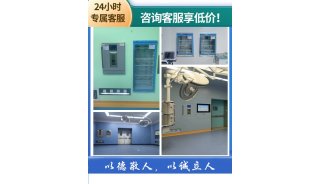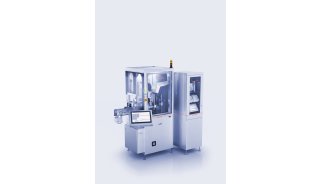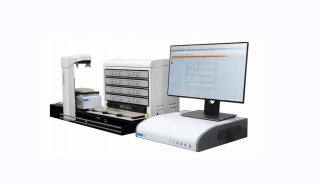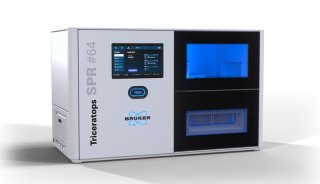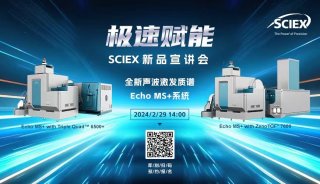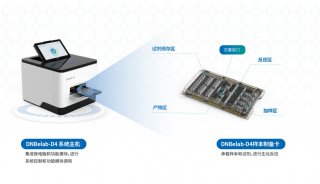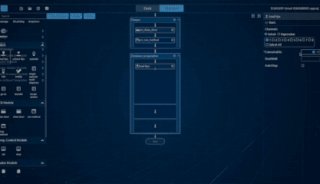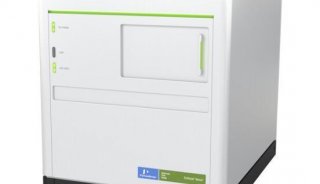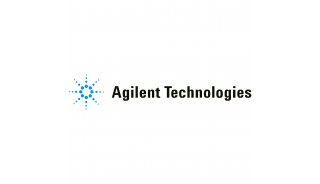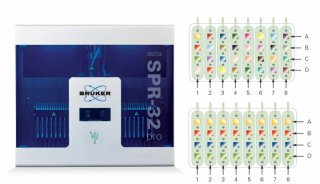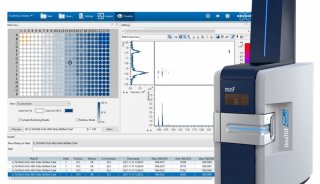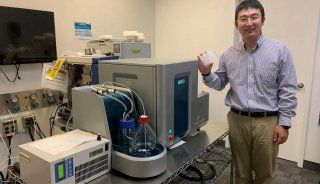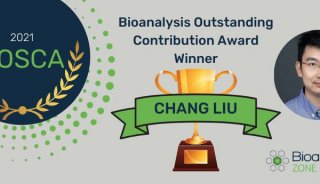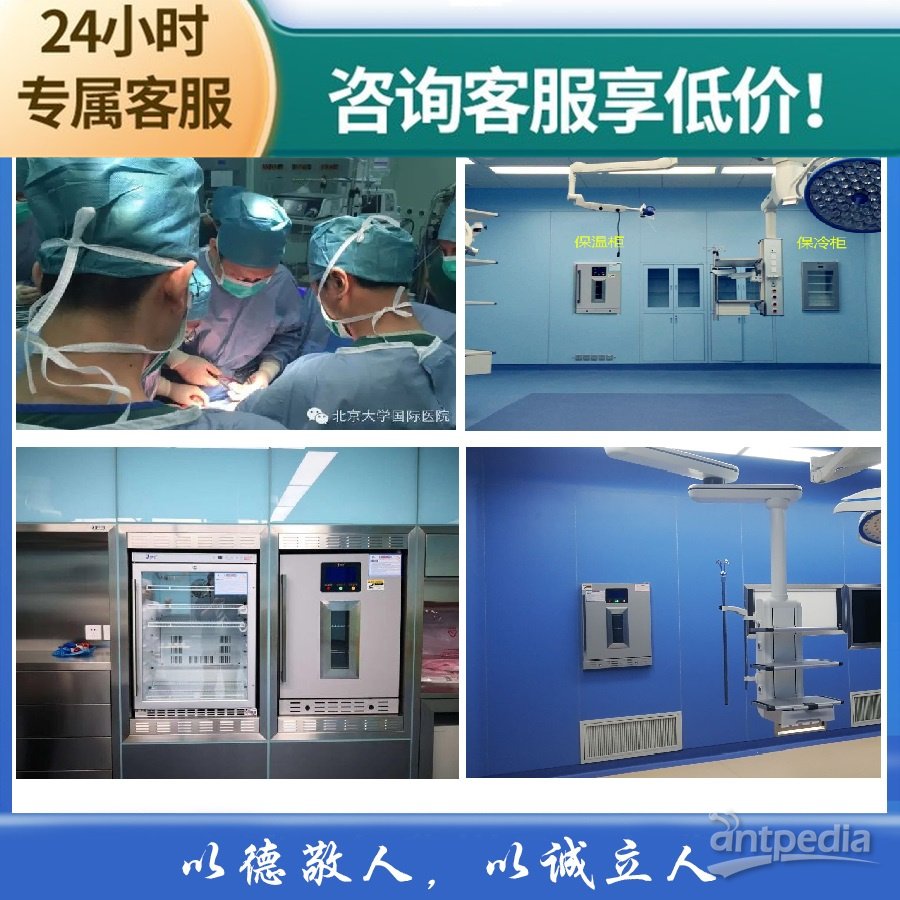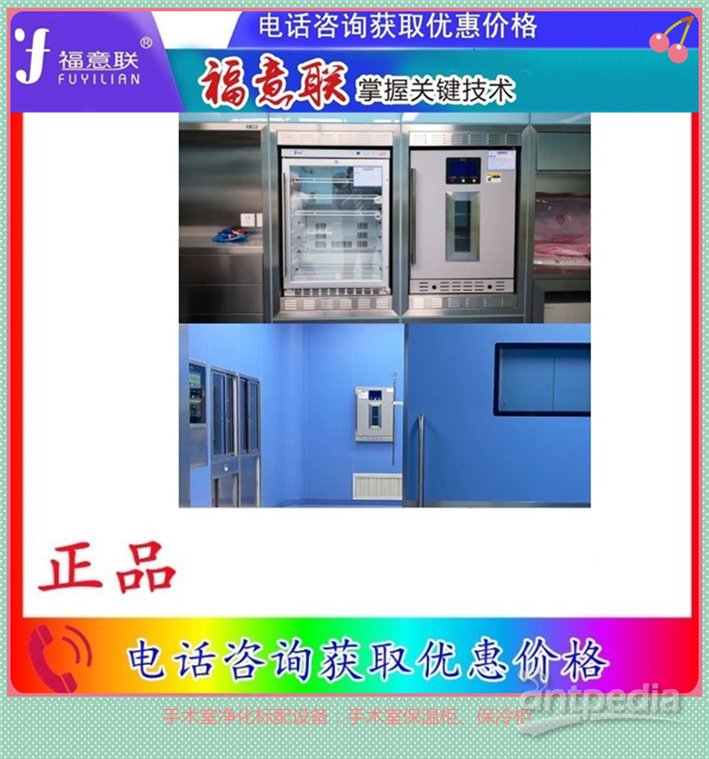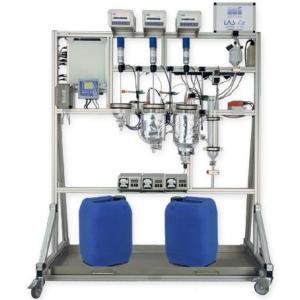实验室自动化与筛选协会2013亚洲会展展商技术论坛
第一天(2013年6月6日)13:45-14:30
展商技术论坛 1:
会场:宴宾厅 II,2楼
议题:Cell-based assays and 3D cell culture:Your body is in 3D – Why is your cell culture not?
In the past three decades, cell-based models have been preferentially used in preclinical drug discovery. However, 2D-cell-based models often fail to predict in vivo drug efficacy. This results in a lower success rate and in higher costs that are required to translate a potentially new drug to clinical approval. In the past few years new innovations in 3D-cell culture models have been developed. These ingenious innovations bridge the gap between 2D and in vivo models to improve the success rates in current drug development. These models are designed to be used in a high-throughput approach and can be perfectly used in an already existing robotic platform and detection device. As a global leader in laboratory automation Tecan has started collaborations with some of these companies that offer innovative and exciting products in the area of 3D cell biology.
In this tutorial we present the outcome of these collaborations, demonstrating the combinatorial benefits of Tecan’s multimode microplate readers and liquid handling robotic platforms with various commercially available 3D cell culture products.
议题:High-throughput automated solution for biologics discovery --- cloning, screening and purification
Biologics, or Bio therapeutics drugs, constitute the most rapidly growing drug class, and have become a major clinical success of human therapeutics over the past decade. Similar to traditional small molecular drug discovery, a high-throughput automated platform ensures a fast, robust and reliable biologics discovery pipeline. Here we introduce Tecan’s solution in three critically steps for bio therapeutics researchers:
Cloning-- A colony-picking based fully automated genetic engineering workstations which can also automate upstream workflows as PCR, ligation, transduction, plating etc.;
Screening-- An ELISA based screening workstation;
Purification-- A protein chromatography and purification workstation, which can prepare buffers for chromatography conditional screening and do small-scale but high throughput purification with products from GE Atoll, GE PreDictor™ and PhyNexus PhyTips.
展商技术论坛 2:
会场:双鱼厅,2楼
议题:A New Liquid Handler Increases Scope of Automation Maximizing Throughput and Data Quality
The Encore Multipsan Liquid Handling System is a great example of the two key benefits of laboratory automation. By increasing the scope of automation with the latest advances in robotics and software, the Encore Multispan system maximizes both throughput and data quality. The built-in robotic arm integrates entire workflows resulting in uninterrupted automation. The ability to expand automation into new areas of the workflow reduces manual intervention, and ensures the highest quality data with reproducible results. With additional advances such as multispan pipetting with independent movement in two dimensions, and software that enables offline optimization, the Encore Multispan System delivers high quality data in the shortest possible time. The Encore Multispan system is equipped with the latest technology to meet high process standards. Its 3D planning simulator troubleshoots applications offline before the hardware is engaged. The software also enables dynamic scheduling that adjusts with experimental conditions. The factory-calibrated deck locations and one-touch programming for off-deck integration reduces human intervention thereby virtually eliminating the introduction of human error. The pressure-based liquid level and clot detection assures correct transfers every time. The Encore Multispan System can be merged into workflows for complete automation from sample to analysis. The Encore Multispan System can be used in a variety of applications including genomics, proteomics, cell biology, screening, and ADME/TOX.
展商技术论坛 3:
会场:白羊厅,2楼
议题: CAMAG DBS-MS 500: Automated Dried Blood Spot Analysis.
With the DBS-MS 500, CAMAG Switzerland has developed a system for fully automated extraction of Dried Blood Spots (DBS) in (for) combination with the LC-MS analysis. The system offers outstanding throughput capacities of up to 500 samples. Combined with a high degree of process automation, the system significantly reduces sample handling time, enabling highly efficient direct sample analysis with the possibility of 2 different techniques for Internal Standard application. In addition, the built-in visual detection device allows for highest sample reliability and regularity.
第二天( 2013年6月7日)13:45-14:30
展商技术论坛 4:
会场:宴宾厅 II,2楼
议题: Novel assay technologies and techniques for rapid Protein detection, characterization and small purification
In Biopharmacutical development there is an increasing need for efficient assays to detect and characterize therapeutic proteins during various stages of development. In this seminar, a novel ELISA-alternative detection methods that is quickly gaining traction among researchers for providing more consistent, reliable results in half the time of ELISA will be presented. Examples and case studies for the applications of antibody selection, functional testing, bioprocess analytics and PK/PD studies will be discussed. The seminar will also introduce PerkinElmer’s automated workstations for protein purification, applications includes purification process development, cell line development and bioanalytical sample prep and supports the use of commercially available plates and column-based screening tools like GE Predictor(R)plates, PhyNexus(R) Tips and Atoll MediaScout(R) columns. Learn more about the LapChip GX11 system which enables characterization of a wide range of protein attributes; Titer, Cell culture optimization, Purity (reducing and non-reducing). Aggregation (covalently linked), Degree of Glycosylation, Fragmentation and Ab assembly, Disulfied Isomers, Purification process development, N-Glycan profiling, relative amounts of major N-glycans Charge Heterogeneity determination and PK studies and how the system can be used within Process Development and QC.
Talk tittles and abstracts:
1. Efficient AlphaLISA immunoassays for the detection and characterization of monoclonal antibody biotherapeutics
Immunoassays are commonly used in the development and characterization of therapeutic monoclonal antibodies (TAbs). There is an increasing need for efficient and sensitive assays to detect and characterize TAbs during various stages of Bioprocess Development. The most common technology for performing immunoassays is the enzyme-linked immunosorbent assay (ELISA), which is a robust method but requires multiple and time-consuming steps that can lead to variable data. The AlphaLISA® assay format is a chemiluminescent homogeneous bead-based technology which does not require washing or separation steps, and as such provides significant advantages over ELISA. AlphaLISA assays are typically performed in 96- or 384-well plates and can be run with sample volumes as low as 5 µL, conserving valuable test materials. The total assay time is less than 3 hours, which is half the time of a normal ELISA. Several new AlphaLISA assays have been developed to characterize monoclonal antibody biotherapeutics.
2. Accelerating Cell Line Optimization and Process Development Using Automated Solutions for Protein Purification and Characterization
The seminar will introduce PerkinElmer’s automated workstations for protein purification, applications includes purification process development, cell line development and bioanalytical sample prep and supports the use of commercially available plates and column-based screening tools like GE Predictor(R)plates, PhyNexus(R) Tips and Atoll MediaScout(R) columns. Learn more about the LapChip GX11 system which enables characterization of a wide range of protein attributes; Titer, Cell culture optimization, Purity (reducing and non-reducing). Aggregation (covalently linked), Degree of Glycosylation, Fragmentation and Ab assembly, Disulfied Isomers, Purification process development, N-Glycan profiling, relative amounts of major N-glycans Charge Heterogeneity determination and PK studies and how the system can be used within Process Development and QC













